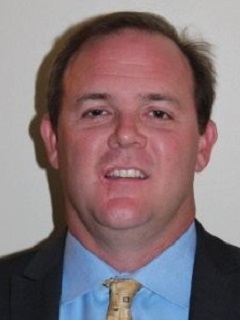Back (office) to the future
KPMG and Oracle helped a fast-growing healthcare provider develop a new back office target operating model to align finance, HR and procurement operations across integrated companies.

Back (office) to the future
KPMG and Oracle helped a fast-growing healthcare provider develop a new back office target operating model to align finance, HR and procurement operations across integrated companies.
Client
A leader in quality healthcare and patient services
Sector
Healthcare
Project
Optimizing back-office processes and systems
Highly efficient operations and the ability to integrate back-office systems from newly acquired organizations are two requirements of the modern healthcare provider. For this healthcare leader, a strategy of growth through expansion was its route to delivering exceptional care to over 600,000 patients.
But being able to look after patients across the care continuum, from diagnosis to post-acute care, meant addressing problems with back-office systems. Optimizing finance, human resources, and supply chain systems for improved performance was a start, but they also needed to look at broader target operating model design. Allowing the company to integrate processes and systems was critical to the success of their future acquisitions. Their evolving approach was put to the test as they embarked on two key mergers while simultaneously delivering a back-office optimization road map.
Many think of systems improvement and integration as technology problems. At KPMG, we look deeper—into our clients' business objectives.
As one of the country’s premier health systems for patient care, our client strives to offer consistent, high quality, and cost-effective service. Like many other healthcare providers, they are also looking to expand their network. Acquisitions bring complementary capabilities, allowing them to offer greater care delivery options while achieving economies of scale and related cost savings. However, ineffective integration of back-office systems has the potential to negatively affect patient and employee satisfaction.
Working with our client:
1
2
The company also needed a new, single solution for a number of its people management activities. And integral to the success of both of these initiatives was the rollout of a comprehensive communications and training plan.
3
Within just one year, this company’s back-office systems were well on the way to being optimized and ready for future integration:
1

2

3

4

5

It’s tempting to think of systems improvement and integration as a technology problem, but it’s important to look deeper. Looking at the client’s wider business objectives for continued growth through acquisition required a more transformational approach.
To become streamlined in the back-office and focus on its patient care capabilities, this company needed standardized processes, more accurate data, and deeper insights into cost and profitability. The speed, success, and scalability of the solution was built on an intimate knowledge of the client’s business, as well as developments in the broader healthcare sector.
